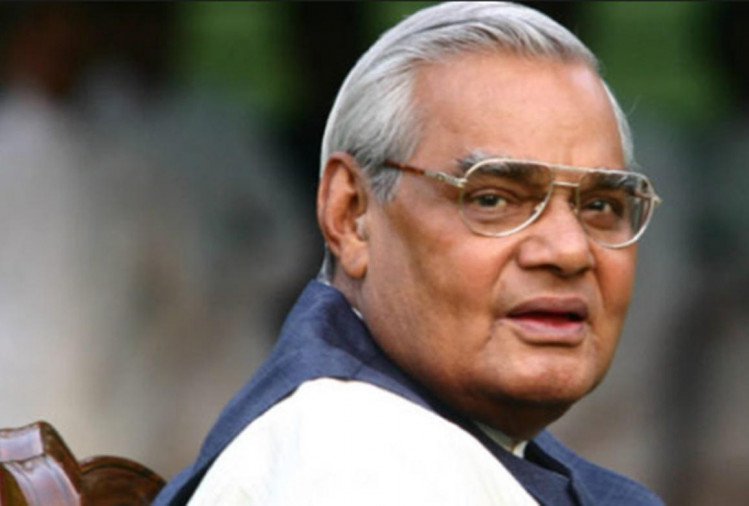Atal Bihari Vajpayee government brought many fundamental changes in the polity and governance of the country to make it a 21st-century society. Education was one of the areas of focus for the Vajpayee administration. Being an avid reader, poet, and journalist himself, he was aware of the role education could play in nation building. “Creative universities are bedrock of every developed nation’s science and technology strategy. It is a matter of concern that science departments in India’s vast university system have suffered greatly due to lack of investments, both material and in terms of faculty. Our aim should be to make India a global R&D hub”. said Vajpayee. His government started Sarva Shiksha Abhiyan (Education for all) to make education a fundamental right for the children of ages of 6 to 14. India has achieved almost universal net enrollment ratio in elementary education due to the implementation of Sarva Shiksha Abhiyan (SSA). As per the official website of SSA, there is 19.67 crore children enrolled in 14.5 lakh elementary schools( 1st to 8th) in the country with 66.27 lakh teachers.
The government expanded to providing Mid-Day-Meal (MDM) to students of elementary level and this encouraged the parents of poor kids to send their kids to school because they could get one time meal there. National Curriculum Framework was brought in 2005 to revamp the whole content and process of education and make it more student friendly. Spending on education and health care is key for the development of any country and the Vajpayee government has done extraordinary work in both the areas. His government could spend money on welfare programs because the economic growth and tax collection were growing at a rapid pace under his premiership.
Taking forward the SSA, the UPA government expanded it to Rashtriya Madhyamik Shiksha Abhiyan (RMSA) which aims to provide compulsory education till 10th standard. The Modi government merged both SSA and RMSA with teacher education program to form Samagra Shiksha Scheme (SSS) which is an overarching programme for the school education sector extending from pre-school to class XII and aims to ensure inclusive and equitable quality education at all levels of school education. So the initiative by Vajpayee will ultimately result in universal free and compulsory school education in the country. When asked why the SSA was such a success, an official in the HRD ministry said: “There was a provision to check dropout rates in the school — the government made sure students received free books and uniforms. While free books were given to all students, uniforms were only given to girls and students from the SC/ST and minority categories, the ones that need more effort to be retained. Then, RTE made sure that government schools are constructed every 2 km. All these factors contributed to the success of the scheme”.
Since decades the country has remained backward in education due to lackluster attitudes of the previous governments. The government before Vajpayee administration could not provide basic amenities like universal school education and public healthcare. Their lip service to make India a welfare state was never executed. Due to Nehruvian socialist economic principles, the country has not been able to create enough wealth to make the country a welfare state. Hence, we can say that Atal Bihari Vajpayee was a true architect of the modern Indian policies from education to economy.
